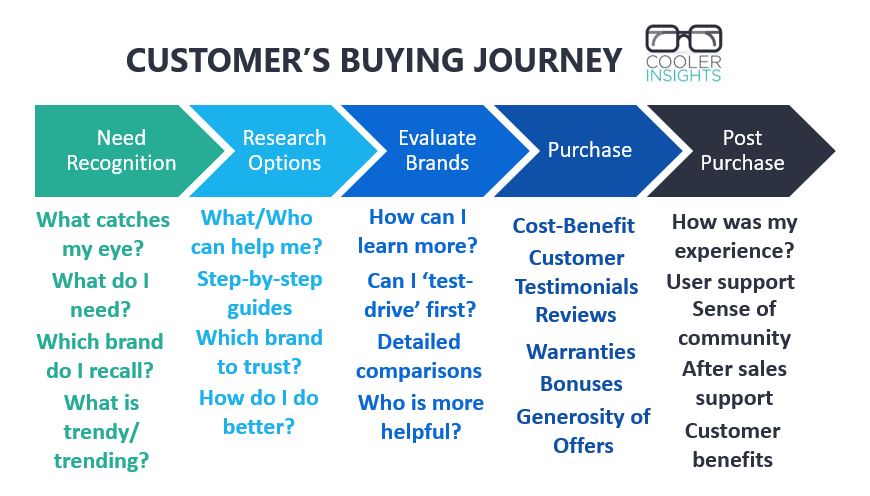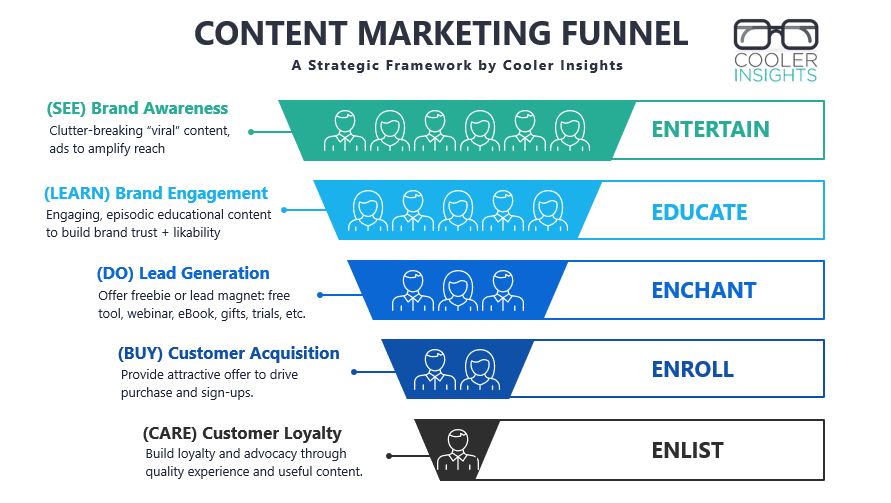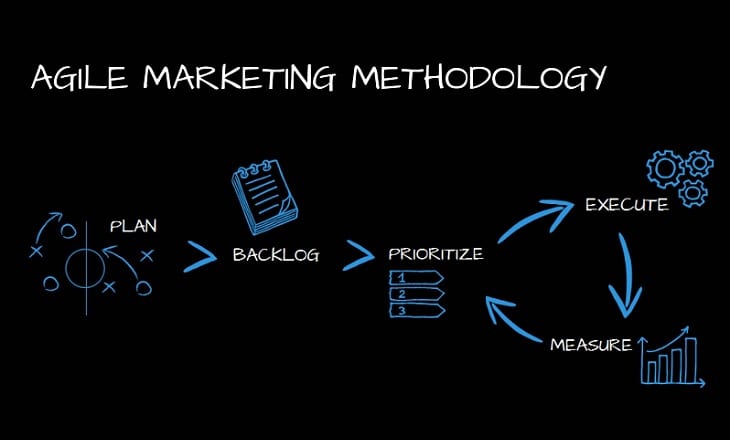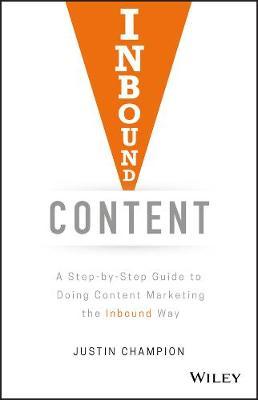
Business photo created by pressfoto – www.freepik.com
Wish to improve your content marketing operations? Keen to learn a systematic way of creating, publishing, promoting and tracking your content marketing efforts?
In this article, I’ll share how you can improve your content marketing productivity by building a content marketing SOP (Standard Operating Procedure). These are inspired by the book Inbound Content written by HubSpot’s Justin Champion.
Designed to help content marketers to hone their skills, Inbound Content: A Step-by-Step Guide to Doing Content Marketing the Inbound Way provides a systematic approach to inbound content marketing based on HubSpot’s Academy system.
The book was divided into 12 chapters. They cover topics like building a content marketing framework, becoming an effective writer, repurposing your content, promoting your content, and measuring and analyzing your content.
Personally, I found the slim volume relevant and useful for companies keen to build their own content marketing function. Do grab a copy if you can.
Why Do You Need a Content Marketing Framework?
Contrary to popular belief, content marketing isn’t just about writing SEO-friendly blog articles. Nor is it just about sharing your product literature across multiple online channels.
Rather, Content Marketing is a systematic step-by-step process of producing and sharing valuable content across multiple channels which helps your brand to improve awareness, generate leads, trigger sales, and foster loyalty.
Without a content marketing SOP, your efforts are likely to be haphazard and chaotic.
You may find that you’ll run out of content ideas sooner (rather than later), or worse—lose the ability to track and optimize your content marketing efforts.
Developing a content marketing framework also helps you to be focused in managing your company’s content generation efforts. You can align your organisation’s personnel and tasks with your content marketing strategy and address any gaps more efficiently and effectively.
Building a framework also helps your company to be repeatable and organised. It allows you to break down complex and multi-tiered processes into smaller digestible chunks.
8-Steps to Building a Content Marketing Framework
Adapting from the system taught in the book, the 8-steps to building a content marketing SOP are:
- Start with audiences, goals and ideas
- Plan and set timelines
- Create a content workflow
- Review and edit your content
- Publish and promote your content
- Organise, file and sort your content
- Measure and analyse your results
- Adapt and tweak your process
Let’s look into each area in detail.
#1 Start with Buyer’s Persona, Marketing Goals and Content Ideas
Knowing who you’re writing for is a key part of content marketing. Here, it makes sense for you to do two things:
- Build a detailed customer profile/ buyer persona
- Trace your customer’s buying journey
Here’s an example of a customer’s buying journey for reference:

Once you’ve got an idea of who you’re reaching out to, you should then map your content generation efforts against your marketing funnel stages as follows:

This will then lead you to the next step which is in coming up with the right content ideas to meet your audience’s content needs while achieving your organisational marketing goals.
These content ideas can take the form of many different content types, depending on your organisation’s needs.
#2 Plan and Set Timelines for Content Creation
Once you’ve got some of your content ideas and types in place, you should start to plan your timeline.
Put all of your content tasks, ideas and topics into a gantt chart as well as a content calendar.
According to the book, the best practice is that these shouldn’t extend beyond 3 months. Doing so gives you more flexibility and agility to tweak and change things.
When you plan your timelines, consider the following:
- Include at least two to three content offers per quarter
- Organise them according to your buyer’s journey/ marketing funnel stage
- Include any other company-wide content needs (eg material on product launches, trade shows, events, etc)
Here’s an example of a content timeline. You can download more of them for free here.

Courtesy of HubSpot
#3 Create a Workflow for Your Content Creation
Your next job is to create a workflow.
This should include the individuals involved in content creation, editing, approval, and publication, as well as the different work stages.
Here’s a checklist to show what we mean by work stages:
- Completed outline/ sketch
- First draft completed
- Editing completed
- Design and formatting completed
- Final draft completed
- Published (with URL to the post)
#4 Review and Edit Your Content
Next, you need to have a process of reviewing and editing your content. This should check for the following:
- Adoption of your brand voice, tone and style
- Ensuring Search Engine Optimization (SEO) best practices are met
- Editing for language (grammatical errors, spelling)
- Checking of facts and figures
- Use of appropriate images and videos
- Meeting the policies of different online platforms (for example, less than 20% text on your images if you wish to advertise on Facebook)
The best way to ensure that the editing process is done well is to follow these six best practices:
- Set clear expectations on what standards are needed
- Allow for multiple rounds of edits
- Make suggestions by tracking changes—this can be easily done on Microsoft Word or Google Docs
- Provisioning for an editing timeline
- Tracking progress with a document (eg Google Sheets) with status updates (eg “Drafted,” “Edited,” or “Published”)
- Defining the roles of different individuals
#5 Publish and Promote Your Content
Next, you need to publish your content. Here, it is useful to consider the following:
- The day, week, and time for the content to be published
- The suggested frequency for publication
- The customer persona that your content is targeted at
(Read more about content publishing schedules here.)
Thereafter, you should have a promotion strategy for your content. This may involve tapping on multiple channels such as social media platforms, instant messaging channels and groups, emails, or pay-per-click (PPC) ads.
Content promotion may also entail reaching out to the right influencers for your brand. Or it may mean tapping on native advertising platforms to spread the word.
#6 Organize and File Your Content
After you’ve generated a significant amount of content, it may be useful to organize them in a way that is findable.
There are a couple of best practices here that you should consider:
- Include the year of your content pieces/ campaign names
- Use a standard way of naming your content pieces as well as your URLs
- Name your visual assets (eg videos and images) in an easy to find manner
A good way to ensure that all members of your team can find your content is to tap on resources like Google Drive or DropBox. Do make sure that you have adequate storage sizes so that you don’t hit the maximum limit bump though!
#7 Analyse and Interpret Your Content Marketing Results
The next step you need to do is measure, analyse and interpret your content marketing results.
In trying to derive your content marketing ROI, it is useful to align it to your marketing funnel, as well as the results of each campaign.
Here’s an example of how the different stages of a content marketing campaign can be tracked using a marketing funnel. You can use analytics tools like Google Analytics as well as your social media advertising analytics and email analytics to complete this.

And here’s how you can lay out your content marketing Key Performance Indicators (KPIs) on your content calendar, after each content piece is published and promoted.

From the indicators of your different content pieces, you should then determine the following:
- Which content pieces have done well in achieving your established goals?
- Which content pieces have failed to meet the designated KPIs?
- What underlying patterns can you discern from the outcomes of your prior campaigns?
#8 Tweak and Improve Your Content Marketing Process
Finally, you need to continually improve your content marketing strategy and content creation process.
This is a continuous process of experimentation where you adopt an agile marketing process of iteration and learning. It can be tracked, monitored, and managed via a monthly progress report where the results of content pieces and campaigns are presented to management or clients, together with recommendations for changes and improvement.
Here’s a highly simplified diagram showing how it works:

Conclusion
And there you have it: a systematic step-by-step content marketing process that you can introduce to your company.
Naturally, what I’ve written about is just the bare-bones of what you need to do. In most cases, it helps to not only develop this process but to document it. This could be a Content Marketing Playbook that you can customise for your organisation.
Do check out the book Inbound Content and give it a read! Its worth its weight (and more) in gold.
PS—Readers of the book can take the test to get a Content Marketing Certifications at the link here. Check it out and let me know how it’s like.


How long does it take to complete a 30 day content marketing calendar base on your article?
Hi Julia! I’d say it depends on the frequency of the content (every day for 30 days, or 2 to 3 times per week), as well as the types of content (image posts, shared posts, blog articles, or infographics?). If its mostly short social media posts for about 8 to 12 posts in 30 days (mostly images and occasional videos), it would take about 3 to 4 days including copywriting, designing, proofing, publishing, and boosting of posts.